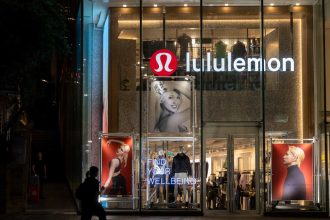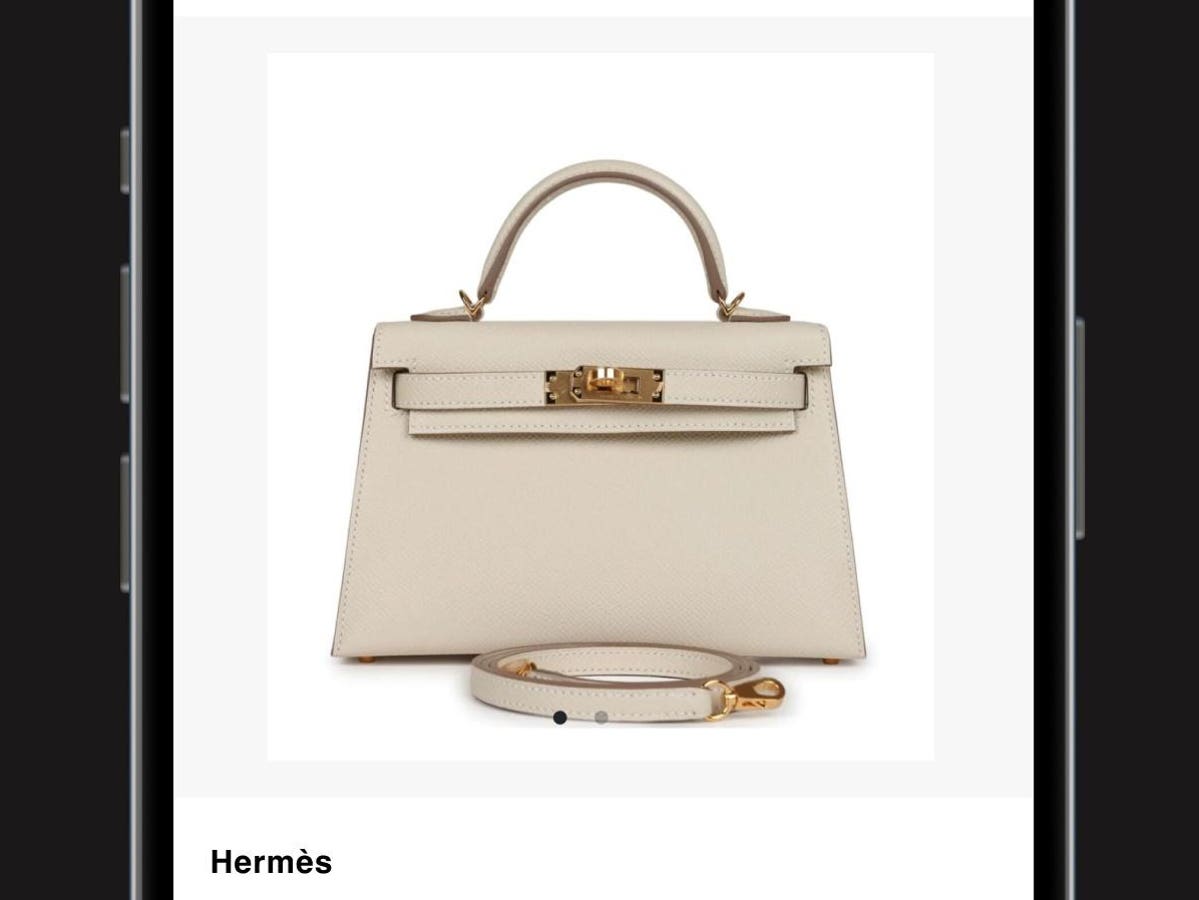For those paying attention, luxury has seen a dip from the aspirational consumer in the past year or so. This leaves luxury brands with a renewed focus on keeping and catering to their top-tier customers. According to WSJ, retailers such as Mytheresa gets a third of its sales from 3 percent of its shoppers, while at Neiman Marcus, 2 percent of shoppers make up 40 percent of sales, according to the Wall Street Journal. Enter Vêtir, a new app launched by former ELLEeditor and LVRMagazine Editor-in-Chief and co-founder of Editorialist Kate Davidson Hudson that provides a platform for customers, stylists, and sales associates to help manage and grow fashion portfolios, aka the clients’ closets, heavily relying on AI technology, some of which is proprietary.
“Catering to your top client file is no longer just a nice-to-have; it’s a make-or-break to a brand’s bottom line. You see this with brands such as Gucci, Brunello Cucinelli, and Chanel who are all now opening by-appointment-only boutiques for their VICs so they can have the experience of an exclusive shopping event without having to interact with the masses,” she said in an interview with Forbes, adding “Vêtir evolves this idea in the digital realm, and offers a more scalable exclusive experience without the restrictions of a real estate footprint, time zones, or geographic constraints.”
Custom experiences are just one of the app’s functions that will be launching on March 3rd. Its functions are similar to retail CRM platforms with closet management, which can be done by the individual or their stylist or through a ‘white glove’ concierge service for a one-time set fee. IPhone pictures of clothes and accessories are silhouetted and noted for brand, color, and size metrics; along the way, AI gathers data points, as many as 3000 per item logged in, to help form the user’s personal style algorithm. This gets fine-tuned with each interaction—what the customer puts in the cart, a video they interacted with, what they share, or personal styling preferences—to further customize the experience.
Vêtir geared to make intelligent purchases to work within existing wardrobes, and it also offers organizational functions such as styling examples to create looks, calendar functions for important outfit engagements, and packing lists for travel.
Vêtir targets three types of users: the celebrity VIP who generally work with stylists who benefit primarily from the calendar and packing function; the VICs (very important clients) who invest in the latest, in-demand fashion goods and the UHNWI, which refers to the top .01 of global shoppers who prefer discretion and exclusivity. The latter two hold status with the brands, have closets in multiple homes and require visibility on closets in several locations.
Once established, the preferences and inventory can help stylists and brands shape custom shopping experiences, regardless of where they are.
“In this way, Vetir becomes the virtual version of yesteryear’s private showroom and atelier. Vêtir is omnichannel, providing personalized service at every touchpoint,” said Davidson-Hudson. Native site checkout on any items located for purchase through the Vêtir app allows for one checkout instead of multiple transactions with different brands, she also noted.
According to the founder, currently, only standalone apps, institutionalized inefficiencies in different market segments, like clienteling via chat, shoppable content, and CRM management tools at the store or e-commerce level, exist.
“Vetir is wholly unique in that it marries all of these technologies in one integrated – and intuitive- platform. We’ve built a holistic ecosystem with proprietary shoppable video features, personal closet management, AI-driven product feeds, and internal chat functionalities that all live synergistically in one environment, so it becomes this massive data aggregation play across every touchpoint.”
In this way, Davidson-Hudson feels Vêtir differs from sites like Farfetch
FTCH
“Vetir smartly aggregates rarefied inventory from a cross-section of personal shoppers, large and small mono brands, and multi-brand retailers to centralize and optimize product selections. Thereby, instead of shopping between five different e-commerce sites, and messaging personal stylists on SMS text or DM’ing personal shoppers to find a hard-to-get item, Vetir can sync all of these disparate micro-markets into one hyper-personalized and hyper-efficient ecosystem,” she furthered.
Another site, The Yes, leveraged user data to help customize user product feeds. But Davidson-Hudson maintains Vêtir goes beyond this. “Our app centralizes personal wardrobes, outfits, closet inventories, packing lists, and layers in a human touch via chats, outfitting in real time, shoppable content, shoppable video feeds, custom-curated outfits, an ability to sync daily looks with daily external calendars and data-driven product feeds to optimize your shopping experience in one interface,” she continued adding “They operated as agnostic search tools. We believe in the brand, and we are huge experience evangelists.”
Vêtir is monetized through several methods, mainly commission off brand partner sales, but also offers a Vêtir white label product, in which the technology can be licensed and white labeled to different mono brands as a VIC and in-house sales associate tool, helping them better personalize their services to top clients, and get direct access to their client’s data and scale VIC styling business. Additionally, Vêtir helps brands retain clients’ purchase and style info after a sales associate leaves the brand to work elsewhere, a function that doesn’t exist with current CRM and clienteling tools.
Vêtir also provides brands with data directly with critical insights that empower them to cater to customers better, especially at the market’s traditionally more discerning luxury end.
Net-a-Porter is the exclusive multi-brand retail partner for the first year. However, multiple mono-brand partners feed into the product catalog, and different personal shoppers exclusively integrate product feeds into the app. This results in the user having access to the entire world of luxury offerings and an extensive catalog of products not otherwise found online or in-store, according to Davidson-Hudson, who also noted that Vêtir will be on track for profitability by Q2 2025.
Davidson-Hudson says the video commerce functionality is one of the next frontiers in luxury shopping. “We’ve built proprietary (patent pending) technology that allows a stylist or a brand to capture video on an iPhone, then make it immediately shoppable with product images appearing in sync with the video on a timestamp. This now makes experiences shoppable, which is a vast new dimension of consumption that, until now, hasn’t fully been achieved,” she affirmed, noting in general, fashion has been slow-moving to adept tech’s full potential adding
“Fashion is emotional, so in that way, its management can never be fully outsourced to technology. The numbers show us that tech, as a foundational element combined with human touch, is the special sauce in achieving a personalized digital experience. Technology will never be a plug-and-play solution for a completely personalized luxury experience. Still, it can be harnessed as a powerful supporting player in a client’s fashion discovery journey.”
Read the full article here





